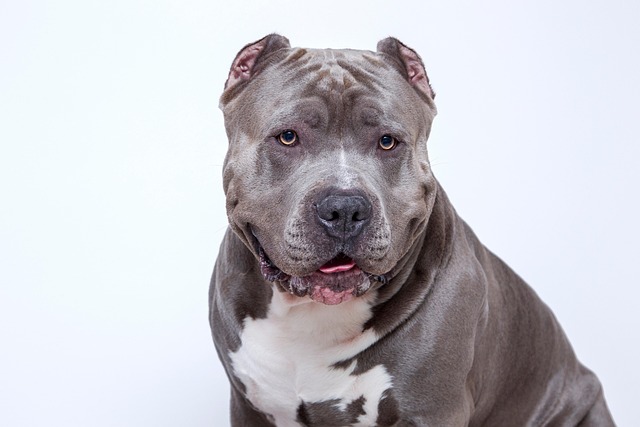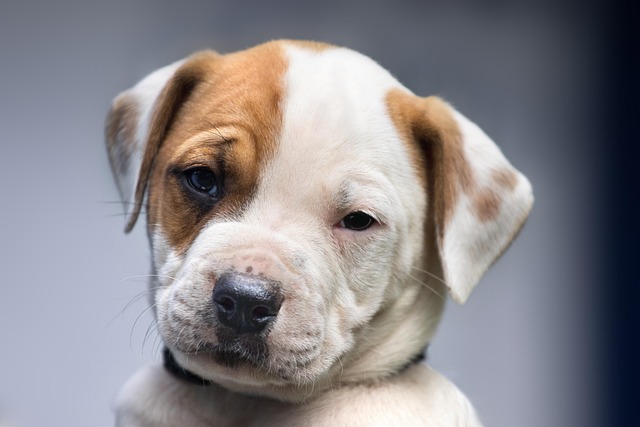
Can a dog recover from heat stroke on their own?
When the mercury spikes and the air feels thick enough to chew, even the most energetic pup can start to lag.
Discovering a wound on your dog’s fur can feel like a punch in the gut, but staying calm is crucial. Before reaching for any treatment, familiarize yourself with local animal welfare laws—some regions restrict over - the - counter medications for pets, and improper self - treatment could violate regulations. Quick, informed action can make all the difference in your dog’s recovery.
First, assess the wound’s severity. Minor scrapes with little bleeding can often be managed at home. But deep gashes, puncture wounds, or signs of infection like swelling and pus require immediate veterinary attention. In many areas, there are legal obligations to seek professional help for serious injuries to ensure humane treatment.
For minor wounds, start by gently cleaning the area. Use warm water and a mild, pet - safe antiseptic solution. Avoid using human products like hydrogen peroxide or rubbing alcohol, as they can damage tissue and cause pain. Some communities have guidelines on proper disposal of used cleaning materials to prevent contamination, so be sure to follow local protocols.
 After cleaning, apply a sterile dressing or non - stick bandage if the wound is on a limb or an area that can be covered. Make sure it’s snug but not too tight—you should still be able to slide a finger under it. Check the bandage regularly for signs of slipping or soiling, as a dirty bandage can lead to infection. In some rental properties or neighborhoods, there may be rules about keeping pets clean and preventing messes during recovery.
After cleaning, apply a sterile dressing or non - stick bandage if the wound is on a limb or an area that can be covered. Make sure it’s snug but not too tight—you should still be able to slide a finger under it. Check the bandage regularly for signs of slipping or soiling, as a dirty bandage can lead to infection. In some rental properties or neighborhoods, there may be rules about keeping pets clean and preventing messes during recovery.
Antibiotic ointments can help prevent infection in minor wounds, but choose ones specifically formulated for animals. Some regions have strict regulations on the sale and use of antibiotics, so if you’re unsure, consult your vet. When applying the ointment, be gentle to avoid causing your dog discomfort.
If your dog licks or chews at the wound, a cone of shame (Elizabethan collar) is often necessary. Many pet stores offer soft, comfortable alternatives to the traditional hard plastic cones. Ensure the collar fits properly—local animal protection laws may require that collars don’t restrict a pet’s movement or cause distress.
During the healing process, keep your dog calm and limit their activity. Energetic play can reopen wounds or cause stitches to come loose. In some areas, there are leash laws that apply even in your own yard during a dog’s recovery period. Monitor the wound daily for signs of improvement, and if there’s no change or it worsens, contact your vet immediately.
Caring for a dog’s wound is a test of patience and care. Remember, every dog heals at their own pace. By following proper procedures and local regulations, you’ll help your furry friend get back on their paws in no time.

When the mercury spikes and the air feels thick enough to chew, even the most energetic pup can start to lag.

Distemper in dogs is a serious viral disease that attacks the respiratory, gastrointestinal, and nervous systems—something every pet owner hopes to avoid.

It’s a crisp January morning in Salt Lake City, and you’ve just returned from a brisk walk with your German Shepherd, Max.

Your dog’s been acting off—sluggish, skipping meals, maybe even warm to the touch. These could be signs of a fever, and knowing how to respond at home can make a big difference, as long as you stay alert to when professional help is needed.

You’re finally home from work, and your new Golden Retriever puppy, Luna, greets you at the door with a wildly wagging tail and a wiggling body. It’s a heartwarming scene that screams happiness.

Imagine you’re in your Phoenix apartment at 10 p.m.—the AC is cranked to 75°F, but you still find your 1-year-old Labrador, Luna, lying on the tile floor